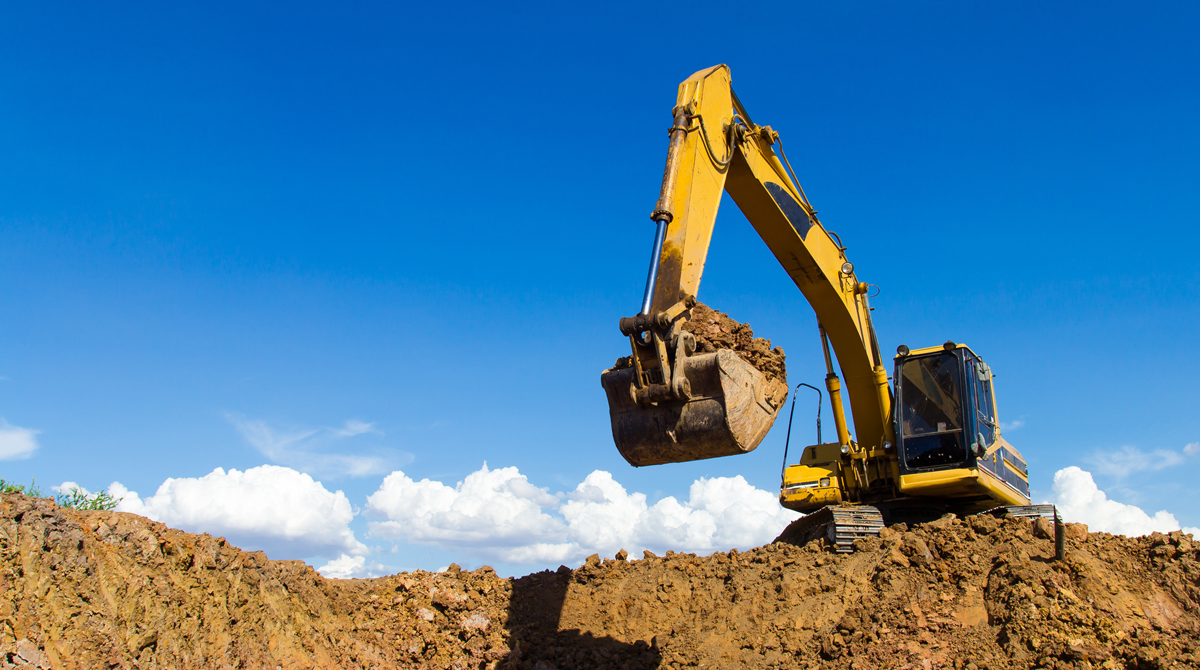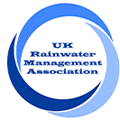The latest sustainability initiative in construction and development - Water Neutrality
Water Neutrality… what you should know!
IT’S HERE, AND HERE TO STAY! Being Carbon Neutral is becoming the norm in construction but being ‘water neutral’ is the new climate buzz term and you need to know why. The initiative is here is here to stay, so it is important we all know exactly what it means for our daily lives. We will be using this week’s blog to give you an insight into what is means to be Water Neutral; the newest sustainability initiative on the environmental agenda.

What is water neutrality?
Water neutrality will become a requirement for many developments in the future with water demand in the UK set outstrip supply by 2050. The practice is considered in regions where there is an extreme pressure on mains water infrastructure. Therefore, when a new development is in the planning stages, many authorities will place a restriction placed on the site which requires developers to not add additional pressure to the existing water network. In essence, the new building should not exceed the current total water demand of the existing site to be developed.
How do we achieve this?
As we are facing a global water crisis, the need to achieve water neutrality is more important than ever. There are three simple steps that must be considered by developers to make sites future ready.
- Water Efficiency - consumption must be reduced through water efficient devices and lifestyle. Reduced flush toilets are just one of the ways we can all reduce consumption in our homes and businesses as well as educating people about things they can do to minimise their water use. Smart metering is also key in achieving water efficiency.
- Water re-use - There is a demand to install essential water reuse systems to eliminate pressure on dwindling water supplies. Stormsaver’s rainwater harvesting and greywater recycling systems are proven to lower reliance on carbon-producing mains water supplies (learn more about rainwater harvesting and greywater recycling here). Traditional mains water supplies are responsible for 6% of the UK’s total carbon emissions, so it is imperative alternative supplies are installed for both carbon reduction and water conservation.
- Offsetting – where water neutrality cannot be achieved only through efficiency and re-use, offsetting should provide the final piece of the puzzle.
The importance of offsetting
It is critical to recognise that any construction development will require a potable water supply for sanitation and drinking purposes. Because of this requirement, developers should offset any potential mains water reliance through investment in water efficiency and re-use schemes in the local community to achieve further water savings. An example of successful offsetting would be installing a rainwater harvesting system in a local education facility.
There are many benefits of this!
- Encouraging water saving behaviour from an early age
- Leaving a legacy to the next generation which boost the business’s eco-credentials.
- Enabling the achievement of offsetting water demand
Water Neutral construction
It is also crucial for the construction industry to consider their water impact during the construction phase. One way of doing this is by using the StormStation rainwater harvesting unit on site during the build, to provide water for welfare facilities, dust suppression, wash down etc. The unit can either then be moved to another site or left as a legacy to your client.
Interested in learning more about Stormsaver?
Our rainwater harvesting, greywater recycling and attenuation systems help to save thousands of litres of water each year, all whilst saving you money of your mains water bill! Don’t miss out: Rainwater Harvesting Systems.






